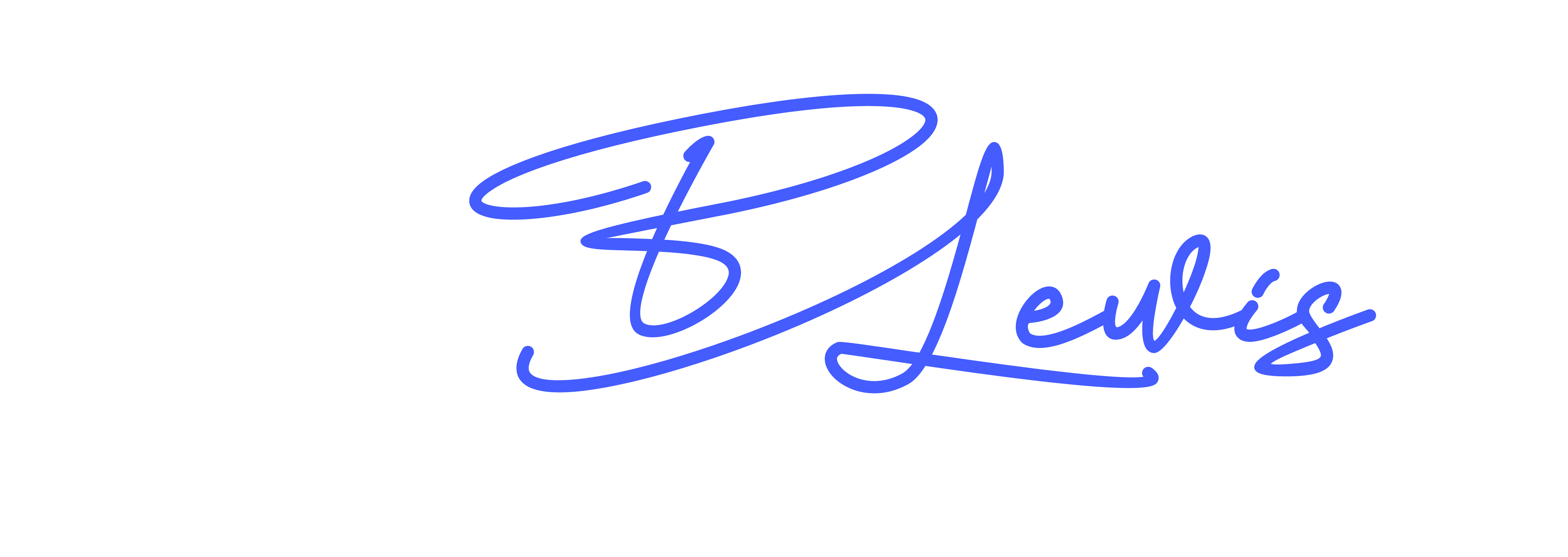When working on brand campaigns, we’re often taught to begin with a single mood board to define the overall aesthetic — tone, color, texture, etc. While this is a good starting point, it often falls short for projects with multiple creative touchpoints.
Let’s say you're creating a full brand identity that includes packaging, digital presence, social media assets, and possibly even physical merchandise. In that case, a single mood board can feel too vague or generalized. Here’s what I’ve found works better:
Break the Mood Boards Down by Context:
Brand Identity Mood Board
The high-level visual tone — color palette, type, mood, vibe, and aesthetic direction of the brand.
The high-level visual tone — color palette, type, mood, vibe, and aesthetic direction of the brand.
Product/Packaging Mood Board
Specifically tailored to the physical product: materials, form factors, competitive packaging examples, usability references, tactile or sustainable inspirations.
Specifically tailored to the physical product: materials, form factors, competitive packaging examples, usability references, tactile or sustainable inspirations.
Digital Expression Mood Board
How the brand lives online — UI style, motion graphics, iconography, photography for web and social.
How the brand lives online — UI style, motion graphics, iconography, photography for web and social.
Experiential Mood Board (Optional)
If there's an event, pop-up, or store: environmental cues, signage, textures, physical space visuals.
If there's an event, pop-up, or store: environmental cues, signage, textures, physical space visuals.
By separating your vision this way, you give yourself (and your client) clarity — and each piece of the project gets the attention it deserves. It also helps speed up decision-making during feedback rounds, because now your visuals are contextual, not generic.
